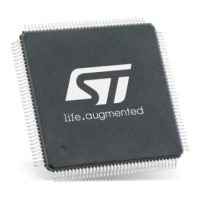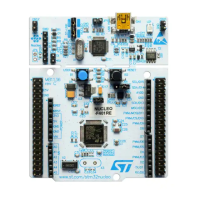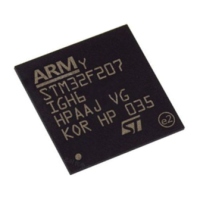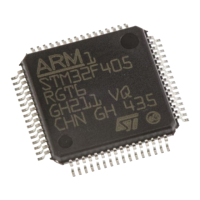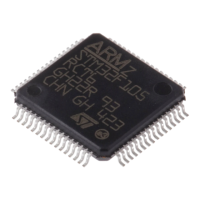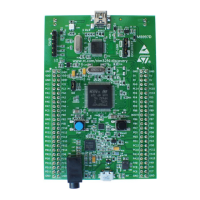The STM32 Cortex-M0 processor PM0215
30/91 Doc ID 022979 Rev 1
Wakeup from WFE
The processor wakes up if:
● it detects an exception with sufficient priority to cause exception entry
● it detects an external event signal, see Section 2.5.3: The external event input
In addition, if the SEVONPEND bit in the SCR is set to 1, any new pending interrupt triggers
an event and wakes up the processor, even if the interrupt is disabled or has insufficient
priority to cause exception entry. For more information about the SCR see System control
register (SCR) on page 81.
2.5.3 The external event input
The processor provides an external event input signal. This signal can be generated by up
to 16 external input lines and other internal asynchronous events, configured through the
extended interrupt and event controller (EXTI).
This signal can wakeup the processor from WFE, or set the internal WFE event register to
one to indicate that the processor must not enter sleep mode on a later WFE instruction, see
Wait for event on page 29. Fore more details please refer to the STM32 reference manual,
section 4.3 Low power modes.
2.5.4 Power management programming hints
ISO/IEC C cannot directly generate the WFI, WFE or SEV instructions. The CMSIS provides
the following functions for these instructions:
void __WFE(void) // Wait for Event
void __WFI(void) // Wait for Interrupt
void __SEV(void) // Send Event
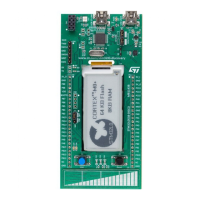
